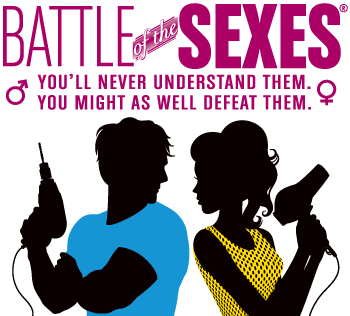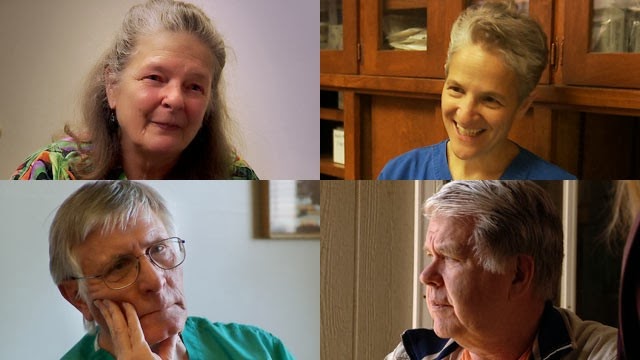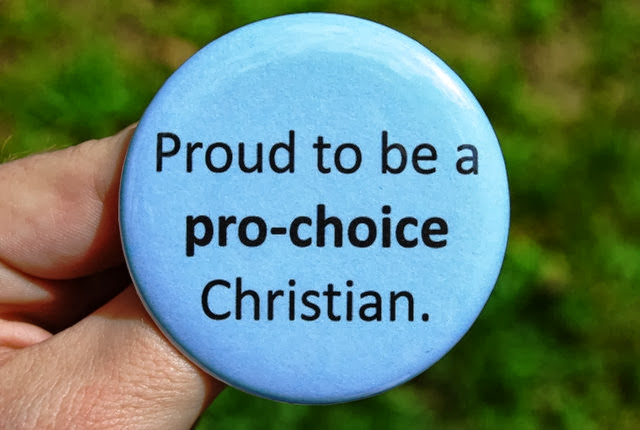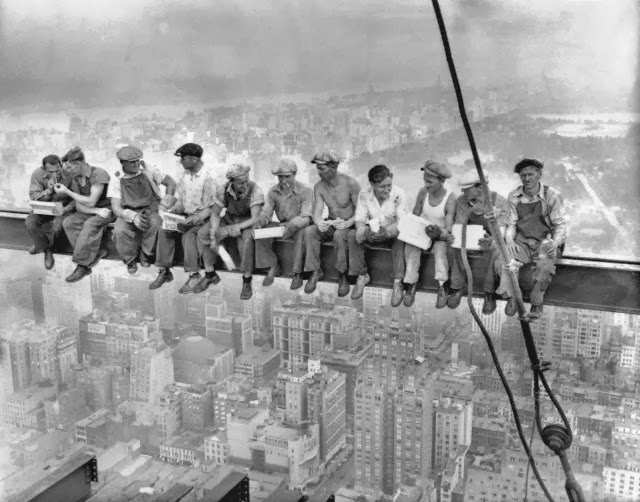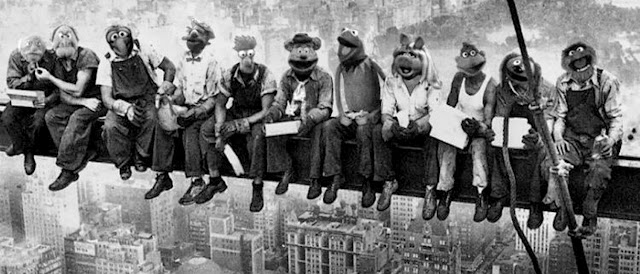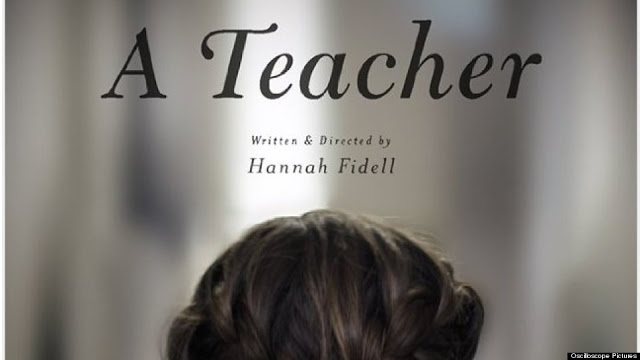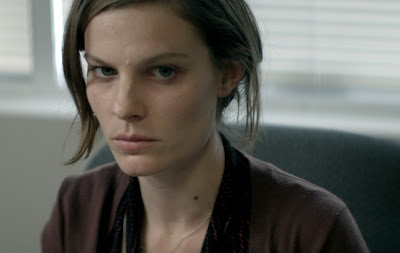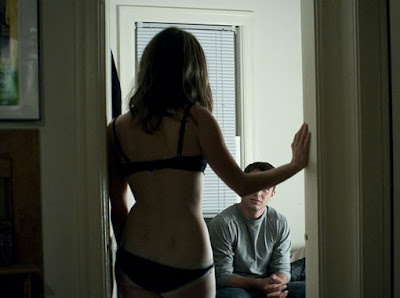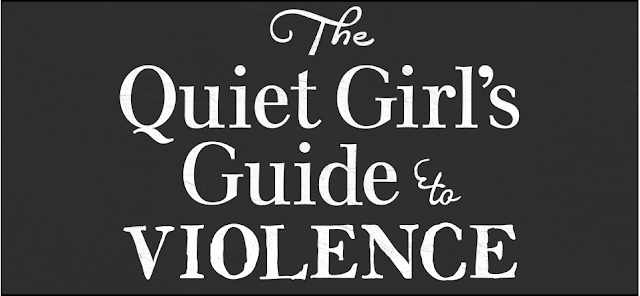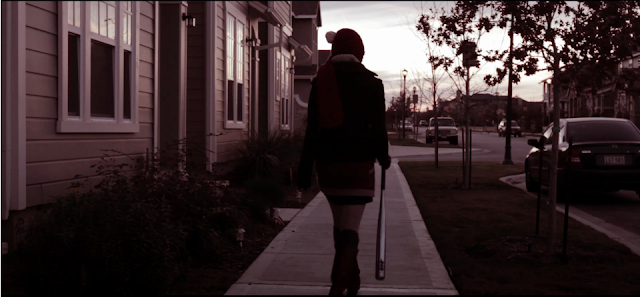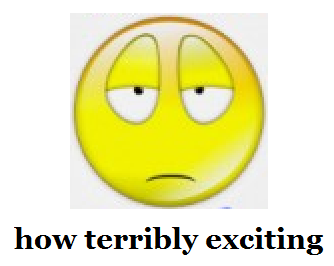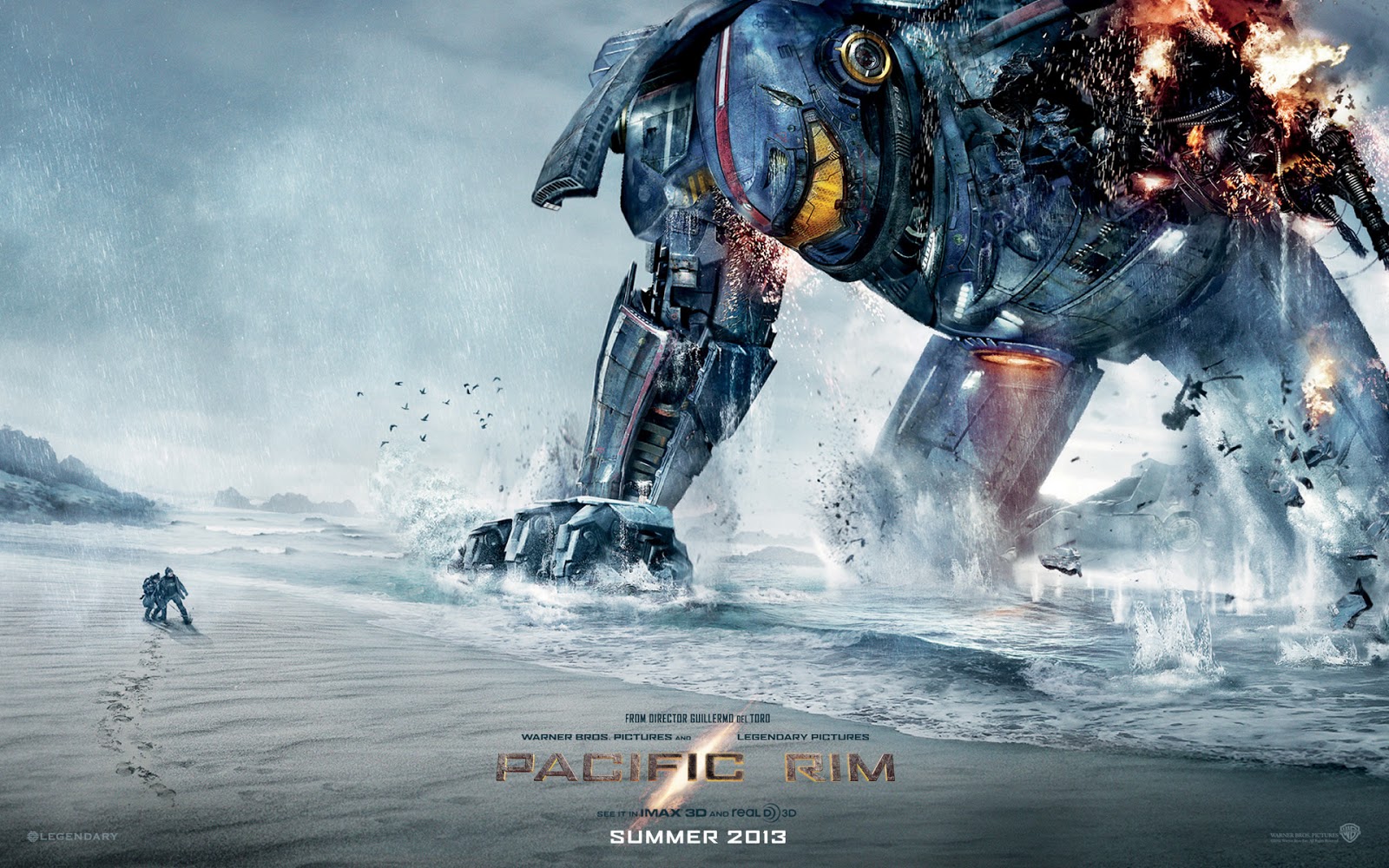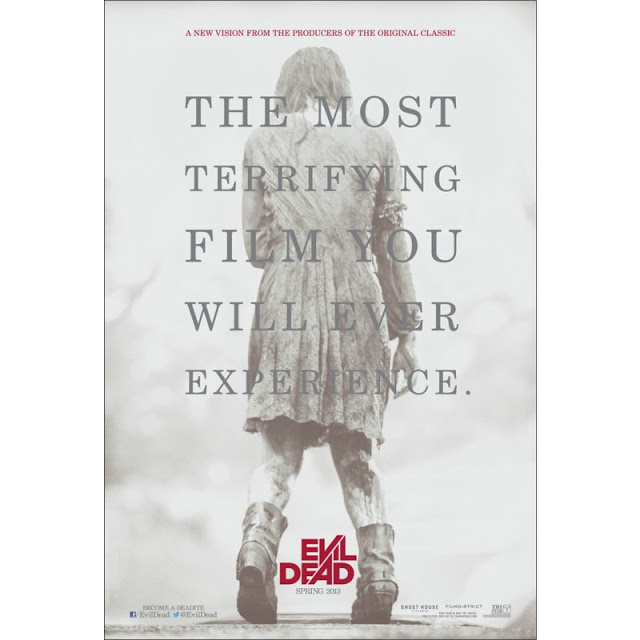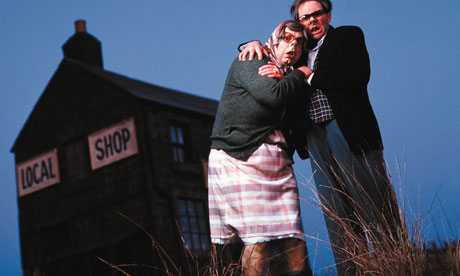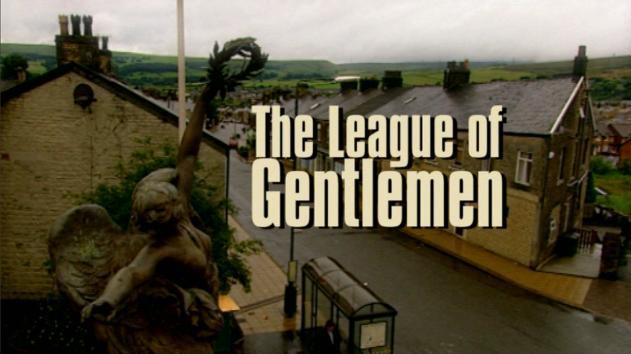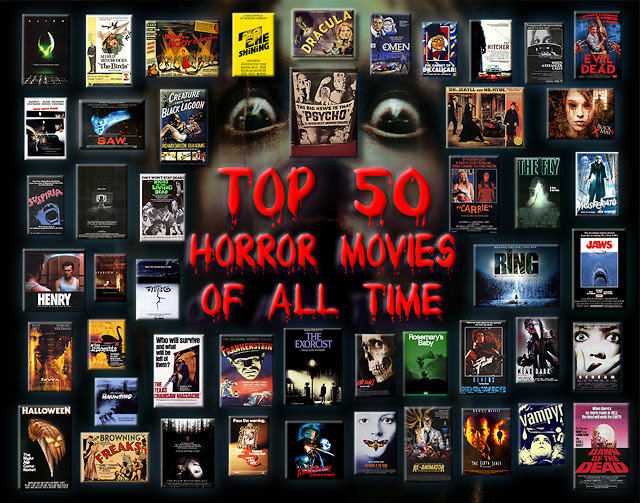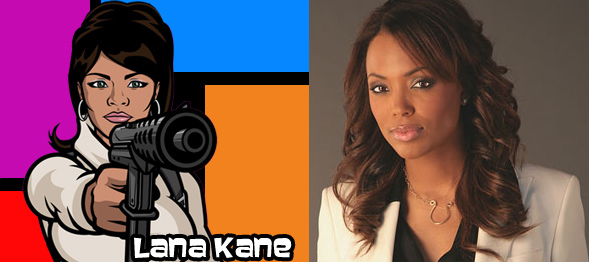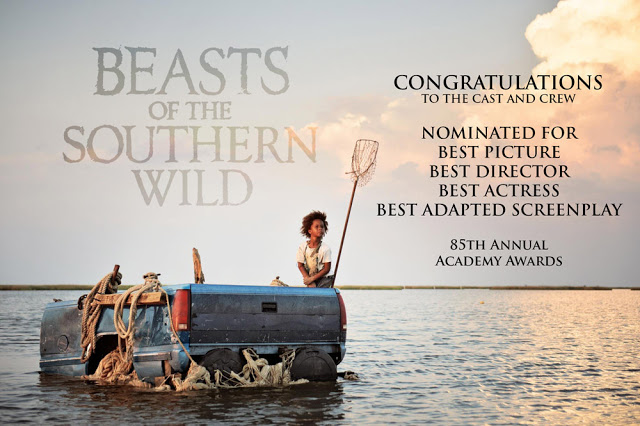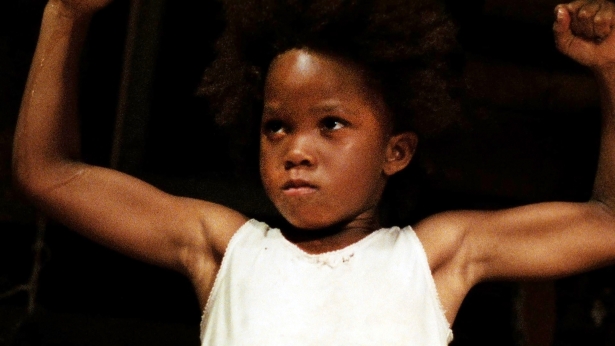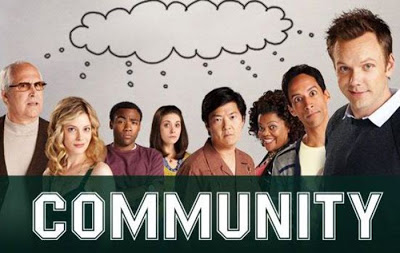“You can’t force him, Louise.”
“Why not? If it was you or me tied up in there, they wouldn’t hesitate. It’s why they join the army, so they can rape and pillage and–”
“He’s not in the army!”
“He’s in the army of men. And he’s a prisoner of war.”
From Aristophanes’ Lysistrata to contemporary men-are-from-Mars neurobabble, there has been a Western cultural tendency to view male-female relations in military terms, as a “battle of the sexes.” As a veteran of both teams, and even more so as a feminist who disputes gender essentialism, binarism, and cissexism, I find this framing deeply tiresome and hopelessly passé, and it’s hard to know what to with cultural products that revisit it.

This is why I absolutely cannot make up my mind about Michael Medeiros’ film Tiger Lily Road, which is so oddly pitched that I can’t decide how to read it. Medeiros has averred that “Dark comedy can illuminate aspects of the soul usually left in shadow in lighter treatments,” but I’m not entirely sure what aspects of the soul are being illuminated here, unless they’re ones that are hugely more cynical about human nature and gender relations than I am.
The IMDb plot outline runs thus: “Two small-town women accidentally capture a handsome young fugitive.” Blonde, gentle veterinarian Annie and vampish brunette Louise are both middle-aged, single, and disillusioned with romance. When douchey young criminal Ricky stumbles into their lives, they find themselves acting in unprecedented ways.
Both within the film and in the director’s statements, the allusion to Thelma and Louise is made explicit. From Tiger Lily Road‘s Facebook page:
This film, which could not exist without Callie Khouri’s ground-breaking screenplay, Thelma and Louise, asks the question: where are we now? Are we still frozen in mid-air as in Ridley Scott’s boldly edited ending? Or have we crash-landed in some new and twisted territory…

Thelma and Louise is certainly still depressingly relevant some twenty-odd years later: rape survivors still get scrutinized, mainstream films that pass the Bechdel test are still vanishingly rare, men are still inundated with violent power fantasies and women are not. The awesome thing about Thelma and Louise is its portrayal of the titular women’s friendship – as Sophie Standing wrote last year, “nothing is more important than their loyalty to each other, and they are empowered by their freedom and refusal of male domination.” I’m not fully convinced that the women of Tiger Lily Road even like each other. Certainly there’s far more onscreen evidence of bonding between Annie and Ricky than between Annie and Louise.
Not that Annie and Ricky’s relationship is healthy (the Misery allusion might have tipped you off). If this film is meant to be an empowerment fantasy, it’s a creepy and depressing one where women’s relationships with men are cast as either the mother, with blonde Annie’s 50 Shades of Grey emotional fixer-upper thing (“He’s damaged!”), or the whore, with dark-haired Louise raping Ricky using the physical means of Viagra. If it’s a cautionary tale exploring the perils of a “battle of the sexes” worldview, it’s certainly stylishly made, particularly one standout sequence near the end, but it’s very strange tonally.

But then, maybe the point is to unsettle us. Pop culture is full of male empowerment fantasies that are objectively creepy and depressing, but we’re so inured that we don’t take them seriously. Maybe the reason this one discomfits me is because I’m just not used to it. Or maybe because I know the writer-director is a man, and I’m not certain that his portrayal of gender relations is a helpful one.
In the end, even though he’s a nasty piece of work who manipulates Annie’s trust and naivety with film quotes, Ricky perhaps makes the film’s best point. Annie shows him a picture of a co-ed soccer team from their childhood and laments growing up and separating along gender lines: “We couldn’t be on the same team anymore.” Ricky replies, “Maybe you just need a different game.”
Amen to that.
Max Thornton blogs at Gay Christian Geek, tumbles as trans substantial, and is slowly learning to twitter at @RainicornMax.
